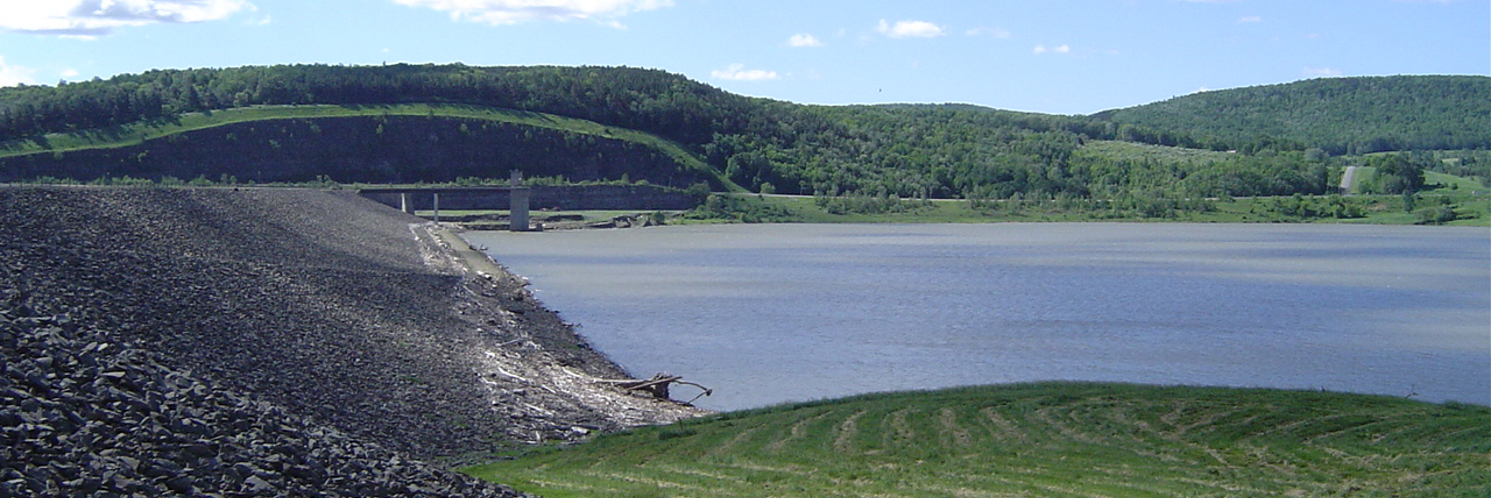Planning
The preamble to the Susquehanna River Basin Compact (Compact) states that the conservation, utilization, development, management, and control of the water resources of the Susquehanna River Basin under comprehensive multiple purpose planning will bring the greatest benefits and produce the most efficient service in the public interest. This comprehensive planning administered by a basinwide agency will provide conservation and development of surface and groundwater supply, abatement and control of water pollution, flood damage reduction, promotion of watershed projects, and other important water resources management functions.
The Commission has a long history of developing and effectuating plans, in collaboration with partner agencies and stakeholders, relating to the effective management of the water resources of the Basin.
Plans
- Comprehensive Plan – The Compact requires the Commission to develop and adopt, and from time to time review and revise, a Comprehensive Plan for the immediate and long range development and use of the water resources of the Basin. The Comprehensive Plan provides an overarching framework for the Commission to manage the Basin’s water resources and serves as a guide for all Commission programs and activities. The Commission developed an updated Plan that will become effective in 2021, which marks the halfway point in the 100-year Compact. This updated Comprehensive Plan outlines the vision, needs, and strategy for effectively managing the water resources of the Basin during the period from 2021 to 2041.
 Chesapeake Bay, Havre de Grace, MD
Chesapeake Bay, Havre de Grace, MD
- Water Resources Program – The Compact also requires the Commission to annually adopt a Water Resources Program, based upon the Comprehensive Plan, consisting of the projects and facilities which the Commission proposes to be undertaken by the Commission and by other authorized governmental and private agencies, organizations, and persons during the ensuing six years or such other reasonably foreseeable period as the Commission may determine. The Program serves as the implementation document for addressing the goals and objectives identified under the priority management areas outlined in the Comprehensive Plan. The Commission developed an updated Water Resources Program that will become effective in 2021 containing the key water resources needs for the Basin over the next three fiscal years and the priority projects proposed to satisfy those needs.
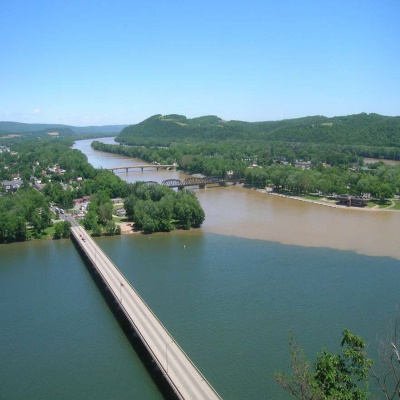 Susquehanna River/West Branch Confluence, Northumberland, PA
Susquehanna River/West Branch Confluence, Northumberland, PA
- Anthracite Region Mine Drainage Remediation Strategy - The Commission developed a remediation strategy for the Anthracite Coal Region in 2011 to help address environmental impacts and promote the resource development potential of the region. The purpose of this strategy is to help identify overlapping goals and opportunities, and to offer alternatives for remediation efforts through conceptual treatment plant suggestions. This strategy includes an introduction to the region’s geology and mining history, mining techniques and impacts, strategy methodology, discussion of data findings, basin-scale restoration plans, and recommendations. Please visit our Mine Drainage page for more information on the Commission's mine drainage program.
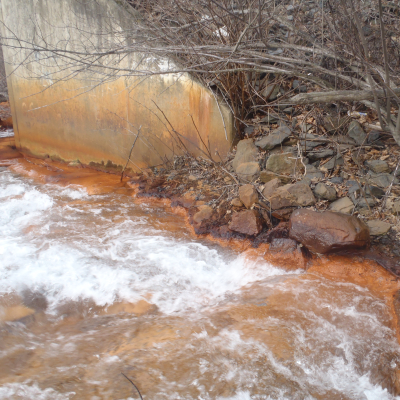 Acid Mine Drainage, Old Forge, PA
Acid Mine Drainage, Old Forge, PA
- Consumptive Use Mitigation Plan - The Commission’s consumptive water use regulation, adopted in 1976, required project sponsors to provide mitigation for their water use during low flow events. The Commission enacted a measure in 1993 to allow project sponsors to pay a fee to the Commission in lieu of providing actual compensatory water. The payment of fees was intended to allow the Commission to undertake large-scale storage projects to provide low flow mitigation for consumptive water use projects paying the fee. The Commission’s mitigation strategy is based on the elimination of manmade impacts caused by consumptive water use during low flows and the return to natural flow conditions. The purposes of this Plan are to present the state of consumptive water use in the Susquehanna basin, identify the low flow mitigation needs, and introduce the Commission’s plan for meeting mitigation needs.
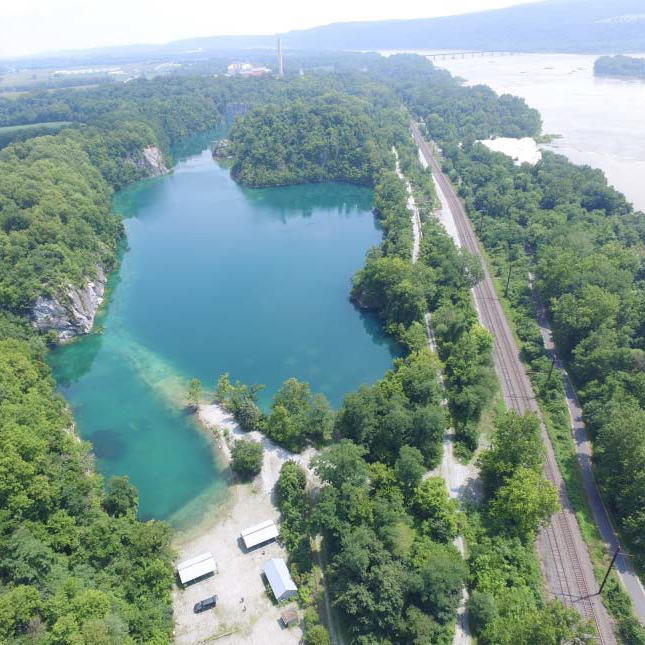 Billmeyer Quarry, Bainbridge, PA
Billmeyer Quarry, Bainbridge, PA
- Conowingo Pond Management Plan - The Conowingo Pond Management Plan provides valuable information for the Commission, public water suppliers, power companies, and environmental resource agencies in making regulatory and management decisions involving the resources of the lower Susquehanna River. Given the potential for increased water use and future withdrawals in the upstream basin and from the Conowingo pond, the adoption of the Conowingo Pond Management Plan and related actions was intended to ensure sustainable operations and a reliable water source for all needs, from public water supply and power generation to recreation and aquatic habitat, for many years to come.
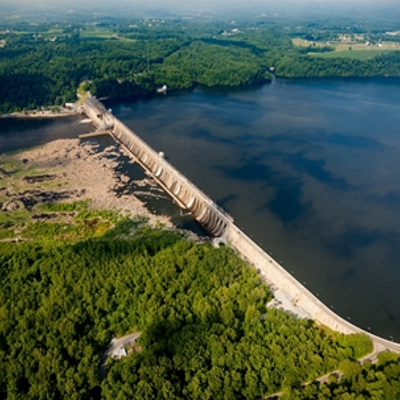 Conowingo Dam, Conowingo, MD
Conowingo Dam, Conowingo, MD
- Groundwater Management Plan - The Groundwater Management Plan for the Susquehanna River Basin was prepared to provide a framework for the Commission to effectively manage the Basin’s groundwater resources in cooperation with its member jurisdictions and other organizations. The vision reflected in the plan is for an organized and cooperative effort among the Commission, federal government, states, local jurisdictions, business and environmental interests, and the public to make sound decisions for the sustainable development, use, and protection of groundwater resources in the Basin.
 First Fork Sinnemahoning Creek, Potter County, PA
First Fork Sinnemahoning Creek, Potter County, PA
- Susquehanna River Basin Drought Coordination Plan - The Susquehanna River Basin Drought Coordination Plan details the methodologies for monitoring hydrometeorological variables and includes recommendations for relating and combining these data to indicate the onset and termination of drought and drought severity. Also included are statements of the authority, responsibilities, and drought actions of the Commission, and state agencies with drought management roles. The Drought Coordination Plan is a tool designed to guide the Commission in managing water supply droughts. Please see our Drought page for more information.
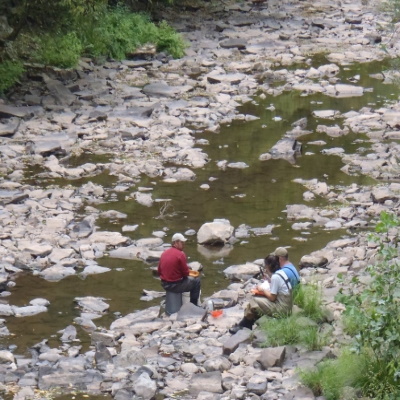 Great Trough Creek, Huntingdon County, PA
Great Trough Creek, Huntingdon County, PA
